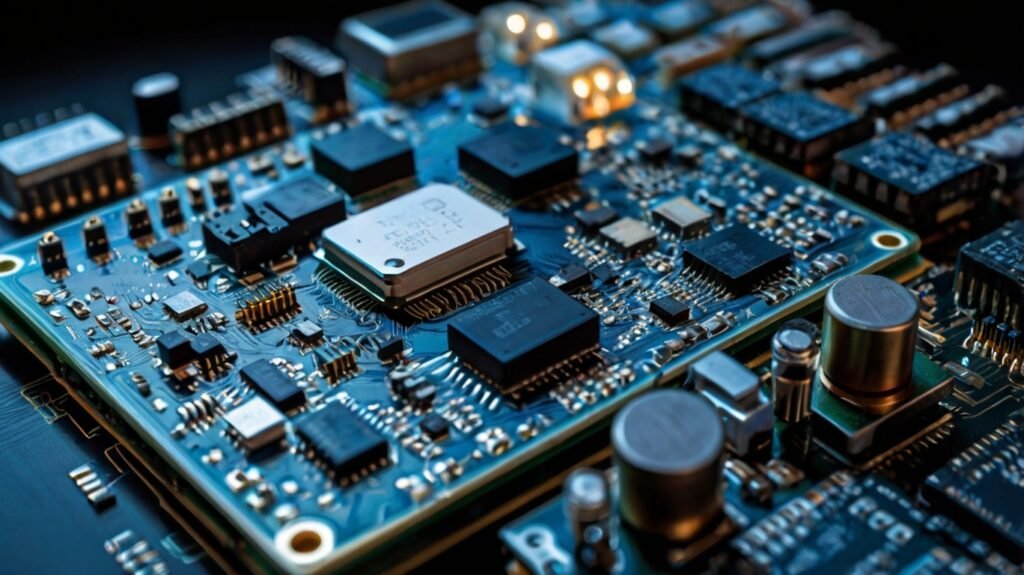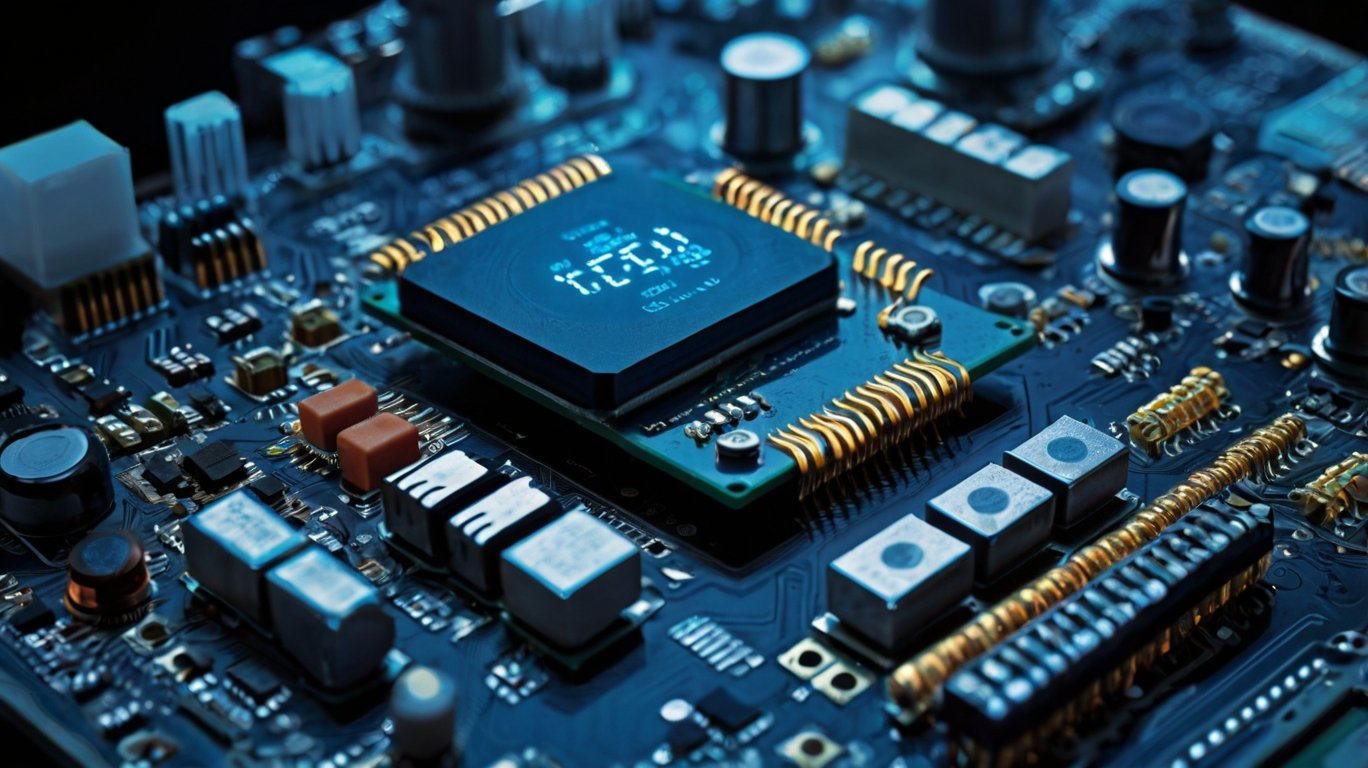Embedded systems are the backbone of modern technology, driving everything from smart home devices to industrial automation.
One crucial component that often goes unnoticed but plays a pivotal role in the performance of these systems is the Real-Time Clock (RTC).
RTCs are essential for providing accurate timekeeping, ensuring synchronization, and enhancing the reliability of embedded systems.
This article delves into the significance of RTCs, their functionality, and how they improve accuracy in embedded systems.
What is a Real-Time Clock (RTC)?

A Real-Time Clock (RTC) is an integrated circuit designed to keep track of the current time and date, even when the main system is powered off.
Unlike the system clock, which focuses on executing operations within a processor, an RTC is dedicated solely to maintaining accurate timekeeping.
It typically includes a quartz crystal oscillator to generate precise timing signals and a small battery to retain time information during power outages.
Why Accurate Timekeeping Matters in Embedded Systems
In the world of embedded systems, accurate timekeeping is more than just a convenience—it is often a critical requirement. Applications such as data logging, event scheduling, and synchronization rely on precise time to function correctly. Here are some specific scenarios where RTCs are indispensable:
- Data Logging: Systems that record data, such as environmental sensors or security devices, need timestamps to make their logs meaningful and actionable.
- Communication Protocols: Protocols like NTP (Network Time Protocol) and other time-sensitive communication frameworks require synchronization to avoid data collisions and ensure seamless operation.
- Energy Efficiency: Low-power devices often use RTCs to schedule operations during optimal times, thereby conserving energy.
- User Experience: Devices like smartwatches or home automation hubs rely on accurate timekeeping to provide users with reliable information and functionality.
How RTCs Work in Embedded Systems
RTCs operate independently of the main processor, maintaining a steady count of time using a crystal oscillator. Here’s a breakdown of how RTCs achieve their accuracy:
- Quartz Oscillator: The crystal oscillator generates a stable frequency signal, typically 32.768 kHz, which is then divided down to produce precise second increments.
- Registers for Timekeeping: RTCs have internal registers that store time and date information, often in formats like hours, minutes, seconds, days, months, and years.
- Battery Backup: A dedicated battery ensures that the RTC continues running even when the main power source is disconnected.
- Interrupts and Alarms: Many RTCs can trigger interrupts or alarms at specific times, enabling time-driven tasks in embedded systems.
Benefits of RTCs in Embedded Systems
1. Improved Accuracy
The primary advantage of incorporating an RTC in an embedded system is the improved accuracy of timekeeping. Unlike software-based clocks that rely on the processor’s clock cycles, which can drift due to temperature changes or varying workloads, RTCs maintain consistent performance.
2. Power Efficiency
RTCs are designed to consume minimal power, making them ideal for battery-operated embedded systems. By offloading timekeeping tasks from the main processor, RTCs help conserve energy, allowing the processor to remain in a low-power state until needed.
3. Enhanced Reliability
In mission-critical applications such as medical devices or industrial automation, the reliability of timekeeping is paramount. RTCs provide a robust and fail-safe mechanism for maintaining accurate time, even during power interruptions.
4. Ease of Synchronization
With an RTC, embedded systems can easily synchronize with other devices or networks. This is particularly important in distributed systems, where precise timing ensures coordinated operations across multiple nodes.
Applications of RTCs in Embedded Systems
1. IoT Devices
Internet of Things (IoT) devices, such as smart thermostats, wearable fitness trackers, and connected home appliances, rely on RTCs to perform scheduled tasks and maintain accurate logs.
2. Automotive Systems
Modern vehicles are equipped with embedded systems for navigation, infotainment, and diagnostics. RTCs ensure these systems provide accurate timestamps for logs and facilitate seamless communication between different modules.
3. Healthcare Devices
In medical equipment like insulin pumps or heart monitors, RTCs ensure the timely execution of critical functions, enhancing patient safety and device reliability.
4. Industrial Automation
RTCs play a crucial role in industrial control systems, where precise timing is required for process synchronization, event tracking, and preventive maintenance scheduling.
5. Energy Management Systems
Smart grids and energy meters use RTCs to record consumption data and manage energy distribution based on time-of-use tariffs.
Challenges in Using RTCs
Despite their advantages, RTCs are not without challenges. Here are a few common issues:
- Crystal Drift: The accuracy of an RTC depends on the quality of the quartz crystal, which can drift over time due to aging or temperature fluctuations.
- Battery Life: While RTCs consume minimal power, the backup battery’s lifespan can limit their reliability in long-term deployments.
- Integration Complexity: Integrating an RTC into an embedded system requires careful planning, including proper routing of signals and managing power transitions.
Best Practices for Implementing RTCs
To maximize the benefits of RTCs in embedded systems, consider the following best practices:
- Choose the Right RTC Module: Select an RTC module that meets your application’s accuracy, power, and feature requirements.
- Calibrate Periodically: Regular calibration can help mitigate crystal drift and maintain accuracy over time.
- Optimize Battery Usage: Use low-leakage batteries and ensure proper power management to extend the RTC’s operational lifespan.
- Leverage Alarms and Interrupts: Utilize the RTC’s alarm features to trigger events, reducing the need for continuous processor monitoring.
- Account for Temperature Variations: If your application operates in varying temperatures, consider using temperature-compensated RTCs for enhanced accuracy.
Future Trends in RTC Technology
As embedded systems continue to evolve, so do RTC technologies. Here are some trends to watch for:
- Temperature-Compensated RTCs: Advanced RTCs with built-in temperature compensation offer improved accuracy across a wider range of operating conditions.
- Integration with Microcontrollers: Many modern microcontrollers now include integrated RTCs, simplifying design and reducing costs.
- IoT-Optimized RTCs: RTCs designed specifically for IoT applications feature ultra-low power consumption and enhanced connectivity options.
- Secure Timekeeping: With the growing importance of cybersecurity, RTCs with tamper-proof features are becoming increasingly popular in sensitive applications.
Conclusion
Real-Time Clocks are indispensable in embedded systems, offering unparalleled accuracy, power efficiency, and reliability.
By providing precise timekeeping, RTCs enable a wide range of applications, from IoT devices to industrial automation and beyond.
As technology advances, the capabilities of RTCs will continue to expand, driving innovation in embedded systems. For engineers and developers, understanding and leveraging RTCs is a vital step toward building more efficient and dependable systems.


